A torrential downpour that flooded D.C. Political scandals that toppled a mayor in Baltimore and threatened a longtime District lawmaker. And how could we ever forget Baby Shark? Take a look back at the local news stories that dominated the headlines in 2019.
Year in Review: 2019’s most notable local news stories
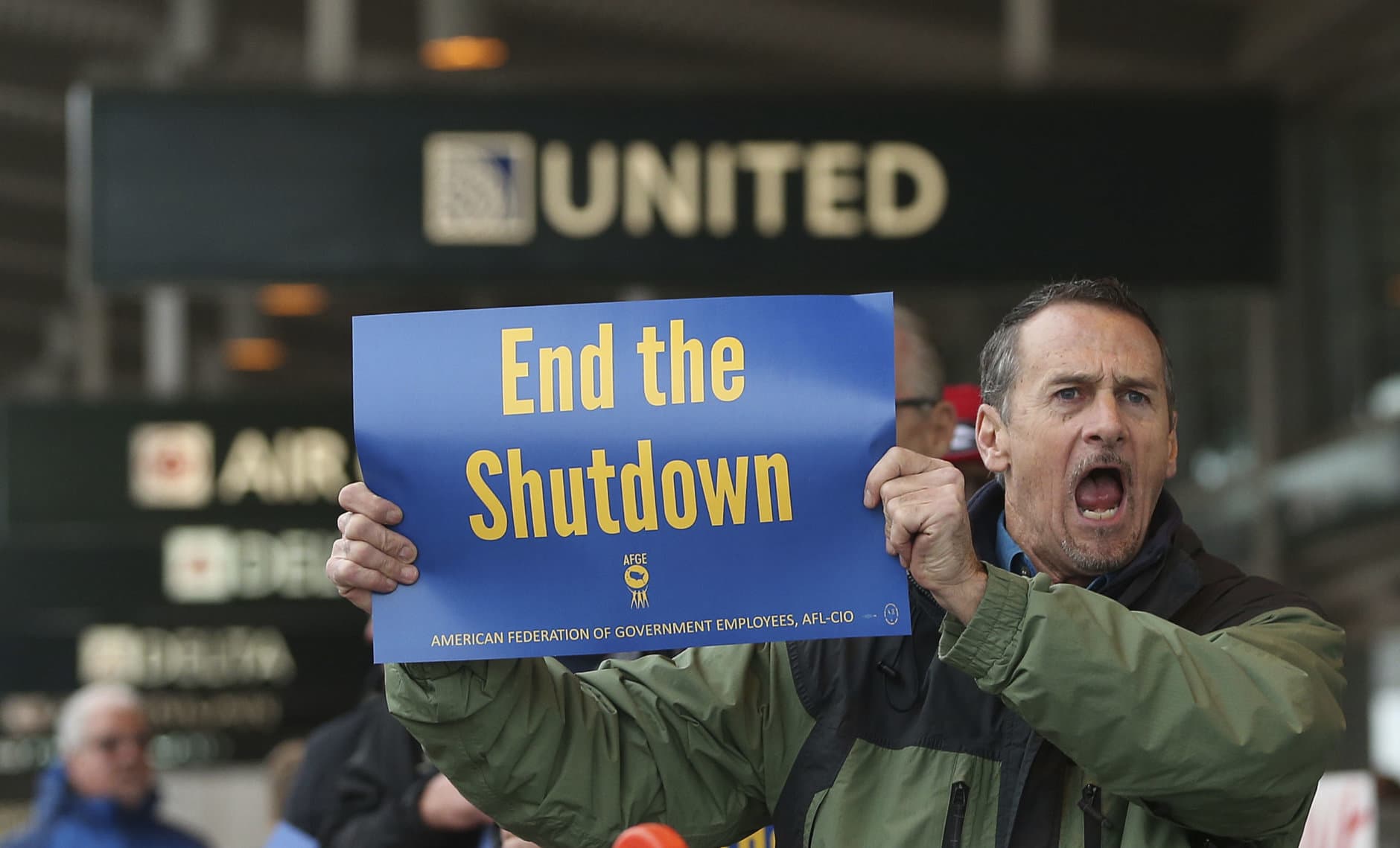 1/13
1/13
The long shutdown
The year started with a bang. Or was it a whimper? Large parts of D.C. were shuttered for the first month of 2019.
The longest government shutdown in U.S. history, which began a few days before Christmas 2018, ground on throughout the first few weeks of the year, forcing about 800,000 federal workers — and just as many contractors — to stay home without pay.
A study from the Metropolitan Council of Governments estimated as much as 40% of all workers in the D.C. area were affected by the shutdown. Furloughed federal workers protested at the Capitol and waited in long lines for free meals at food banks, including D.C. chef Jose Andres’ World Central Kitchen.
As the shutdown stretched on, the tourist-magnet Smithsonian museums were forced to close their doors. Even the National Zoo’s famous panda cam went dark.
It was finally back to business in late January after Congress and the White House agreed on a federal funding deal Jan. 25.
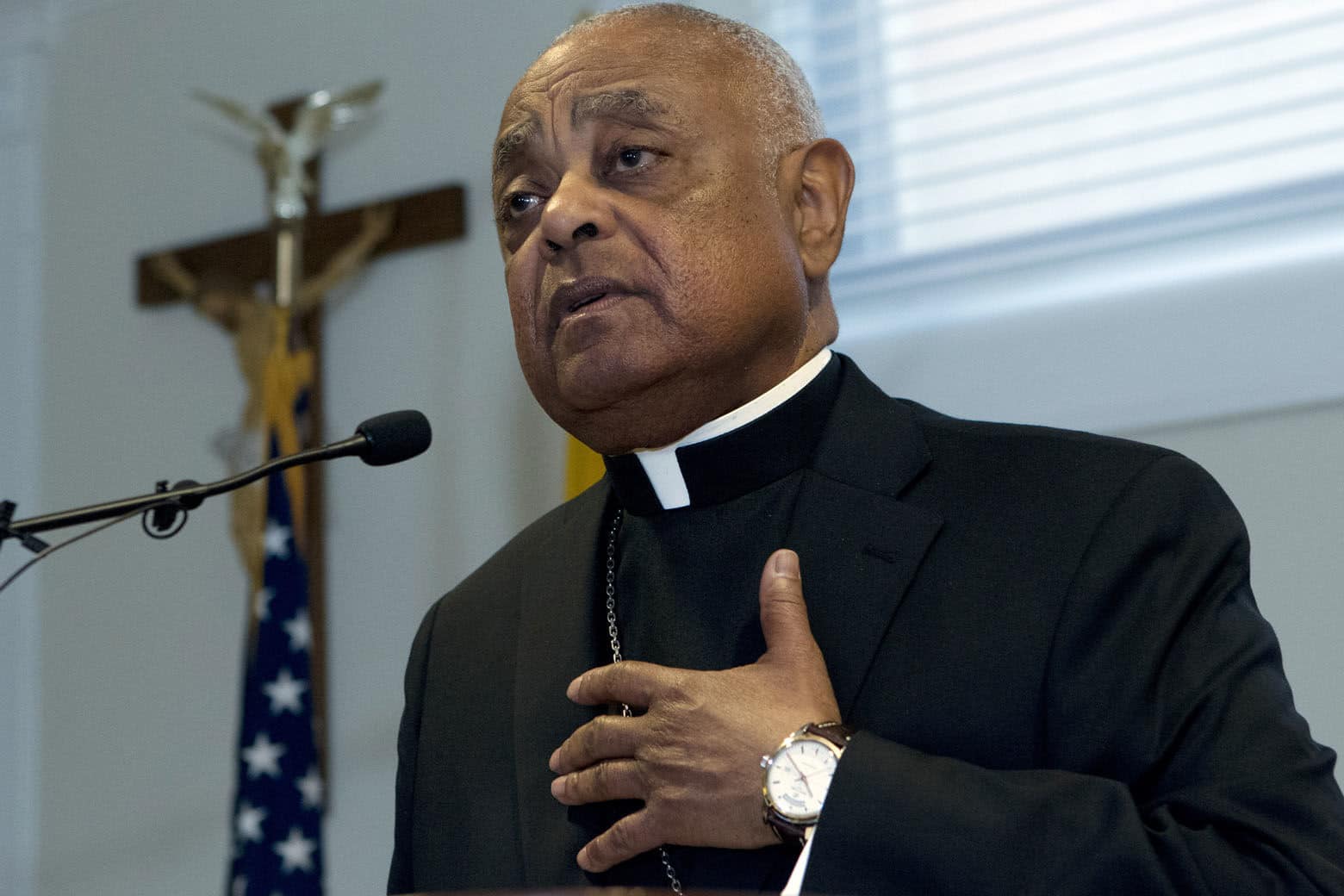 2/13
2/13
‘I will rebuild your trust’
After revelations of sexual abuse and cover-ups, 2019 saw major changes in the Archdiocese of Washington, including the installation of a new archbishop in a segment of the U.S. church that The Associated Press has called the “epicenter of the clergy sex abuse crisis in the U.S.'”
First, in an unprecedented move, the Vatican declared former Cardinal Theodore McCarrick guilty of sex abuse and defrocked him — making him the highest-ranking church official to ever face such a punishment. The action bars McCarrick, who had previously been ordered to conduct a life of penance at a Kansas friary, from wearing clerical garbs or celebrating Mass.
The move came after McCarrick, who led the Washington archdiocese from 2000 to 2006 and since retired, was removed from the ministry over allegations he sexually abused a teen 50 years ago while serving as a priest in New York. (Several other abuse claims have emerged since then).
McCarrick’s successor, Cardinal Donald Wuerl, who took over as top priest in the D.C. area after McCarrick, has also stepped down. Though Wuerl is not accused of misconduct himself, a Pennsylvania grand jury report issued last year claimed he covered up abuse while he was a priest there. Wuerl denies the charge, but faced vigorous calls for his resignation from parishioners.
Then, in April, Pope Francis named Wilton Gregory, 71, the new archbishop of Washington. Gregory, a moderate who previously led the Atlanta archdiocese, was the first African American to lead the Washington church. When his appointment was announced, Gregory said he wants to rebuild the trust that had been eroded the clergy and its followers.
“I want to offer you hope,” Gregory said in some of his first public statements after being named the D.C. archbishop. “I will rebuild your trust.”
‘3 trainwrecks in the same week’
In terms of political scandals, not much can compare with the turmoil that consumed Richmond with Virginia’s top three elected officials this year.
It all began when Virginia Gov. Ralph Northam’s 1984 medical school yearbook was unearthed, revealing photos of a person wearing blackface and another wearing a Ku Klux Klan robe. Northam initially apologized, admitting he was depicted in the photo, but he later backtracked. In a follow-up news conference, Northam claimed he wasn’t in the photo, although he admitted he had worn blackface before — in order to look like Michael Jackson for a dance contest in the 1980s. (In an ill-advised move, Northam even appeared to contemplate showing off his moonwalking skills for the assembled reporters.)
As calls for Northam’s resignation grew, controversy soon spread. Lt. Gov. Justin Fairfax was accused by two women of sexual assault stemming from incidents they said happened years ago. (Fairfax denied the allegations and ended up suing CBS television for defamation over interviews the broadcaster ran with the two accusers.)
Then, Attorney General Mark Herring made a surprise announcement of his own. He called a news conference where he admitted he too had worn blackface as a college student in the ’80s.
Stephen Farnsworth, a professor and political scientist, called the developments at the time “absolutely unbelievable.” He likened it to “three train wrecks in the same week,” adding, “who knows how this story ends?”
Well, as it turned out — maybe with the most surprising ending of all. The furor dissipated, approval ratings climbed back up and all three men remain in office.
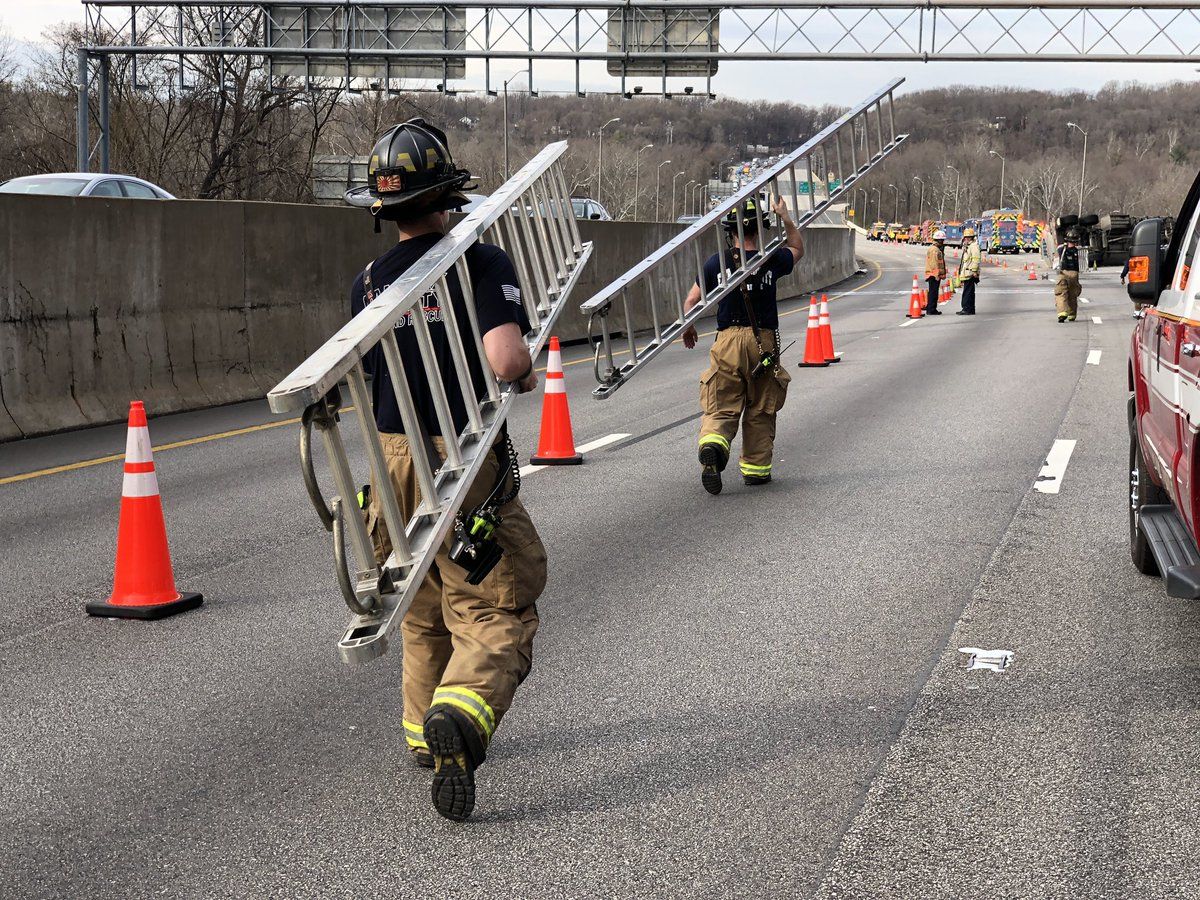 4/13
4/13
Worst commute of the year
Driving around the D.C. area can be pretty stressful even on the best of days. But throw in a crash involving a tanker stocked with thousands of gallons of fuel on one of the area’s busiest bridges — and you have a recipe for the worst commute of the year.
It all started shortly before 2 p.m. on March 28, 2019 when a tanker truck loaded up with 8,500 gallons of fuel crashed on the Inner Loop of the Capital Beltway on the Virginia side of the American Legion Bridge.
The crash caused the truck to topple over and begin leaking out fuel, requiring a painstaking cleanup process: Crews working to clear the crash first had to seal the leaks and then offload the thousands of gallons of gas before the tanker could be righted and hauled away.
And that led to the shutdown of part of the Inner Loop of the Beltway for hours … and hours …. and hours.
But that wasn’t all. The crash on one of the D.C. area’s most-traveled routes — the Legion Bridge links Fairfax County in Virginia to Montgomery County in Maryland — caused ripple effects all throughout the region, with traffic backups forming miles away from the initial crash.
As the day wore on, traffic wound up jamming at every other Potomac River crossing, including the Chain Bridge, the Key Bridge, the Memorial Bridge and the Roosevelt Bridge, as drivers tried to navigate around the closed bridge.
All told, it would take well into the early morning hours of the following day — some 13 hours after the crash — before the Inner Loop lanes reopened and the region-wide delays eased.
No one was hurt in the crash, and the driver of the truck was later cited for reckless driving and for having defective brakes. But transportation advocates saw in it a warning: The fact that a single-vehicle crash could immobilize hundreds of thousands of drivers pointed to an alarming lack of resilience in the region’s infrastructure, they argued.
Torrential rain causes chaos
It was no ordinary summer shower. It was a slow-moving supersoaker of a rainstorm that descended on the D.C. area at the height of the morning rush hour, July 8. The torrential downpour caused chaos across the D.C. area, flooding roads, stranding drivers, inundating underground Metro stations and downing power lines and trees.
At the height of the storm, hundreds of cars on the George Washington Parkway were overtaken by flooding. And on Canal Road near Fletcher’s Cove, WTOP’s Dave Dildine captured a now-iconic shot of a dress-shirted commuter seeking refuge on the roof of his car as the raging floodwaters rose.
Even after the water receded, the flooding left behind sinkholes and washed-out roads and flooded homes, causing an estimated $14 million in Fairfax County, Virginia, alone.
 6/13
6/13
Dazzling display
The run-up to President Donald Trump’s Fourth of July celebration in D.C.– which included two 60-ton Army Abrams battle tanks parked near the monuments — certainly got a lot of attention this year.
But a few weeks later, visitors to the National Mall were treated to perhaps an even more amazing sight — the launch of a space rocket right form the Washington Monument.
Well, sort of.
To mark the 50th anniversary of Apollo 11’s famous “giant leap” to the moon, massive true-to-life images of the 363-foot-tall Saturn V rocket that carried the first men to the moon were projected onto the east face of the Washington Monument, simulating the rocket lifting off, the historic lunar landing and the crew’s splashdown back on Earth.
The “once-in-a-lifetime” show captivated the massive crowds who flocked to the National Mall in late July.
Death of a ‘quiet giant’
He was called a “quiet giant,” a master of the House,” a “North Star” of the Democratic Party.
In October, Rep. Elijah Cummings, who had been in failing health, died at 68 after two decades in the public spotlight.
After his death, he became the first African American lawmaker to lie in state in the U.S. Capitol, where leaders of both parties shared personal remembrances of a political leader who was equally at home in front of the bank of camera lights at a high-profile congressional hearing as he was strolling the sidewalks of his Baltimore district.
From his perch on that powerful House Oversight and Reform committee, Cummings had emerged as one of President Donald Trump’s fiercest critics and had become one of the key figures in the early days of the impeachment inquiry, reportedly signing congressional subpoenas from his hospital bed in his final days.
Cummings was also remembered for his role helping to quell violent protests in Baltimore in the spring of 2015 following the death of Freddie Gray, who died in police custody.
As for the future of Cummings’ seat, the search for a successor will continue into 2020. The Democratic primary is set for February. More than two dozen candidates have filed paperwork to run for Cummings seat — including Cummings’ widow, Maya Rockeymore Cummings.
 8/13
8/13
Mystics magic
Regardless of how they played, 2019 was always going to be special for the Washington Mystics.
Even though the team had been a longtime tenant at Capital One Arena, this year was the first time they actually had a home that was theirs first and foremost: The brand-new Entertainment and Sports Arena in Congress Heights.
Their housewarming gift to the new venue: a best-ever regular season record of 26-8. Behind WNBA Regular Season MVP Elena Della Donne, the Mystics trounced their way to the playoffs, where they were the favorites.
Last year, the team had almost gone all the way, making it to the finals before being swept by the Seattle Storm in the finals.
This year, Coach Mike Thibault’s team disposed of Las Vegas in four games in the semifinals before getting pushed to the limit by Connecticut. But Finals MVP Emma Meesseman scored 22 points in the 89-78 Game Five victory to deliver the franchise its first-ever WNBA title.
Home sweet home, indeed.
(Contributed by Dave Preston)
Statehouse changes
After statewide elections in Virginia two years ago, control of the House of Delegates all came down to a single tied house race that was eventually decided by a random drawing. Democrat Shelly Simonds lost and Republicans in Richmond held on to control of the chamber.
This year, Simonds ran again — and won. And Democrats ended up handily winning control of the House of Delegates and the State Senate — marking the first time in more than a quarter century that Democrats are set to control both chambers of the General Assembly.
With a Democrat in the governor’s mansion, the Democratic-controlled legislature in 2020 is promising an ambitious agenda, including passing the long-stalled Equal Rights Amendment, increasing the minimum wage and decriminalizing marijuana possession.
While there were no big elections in Maryland in 2019, change was also afoot in Annapolis.
Michael Busch, Maryland’s longest-serving Speaker of the House of Delegates and a “giant” in the chamber died in April at 72 after being in ill health. His successor, Adrienne Jones made history as the first woman speaker after winning the position in a surprise vote.
Then, in October, Thomas V. “Mike” Miller, 76, the longest-serving Senate president announced he was stepping down from his leadership post as he battled cancer. Senate Democrats chose 36-year-old State Sen. Bill Ferguson, a rising star in Annapolis to succeed Miller.
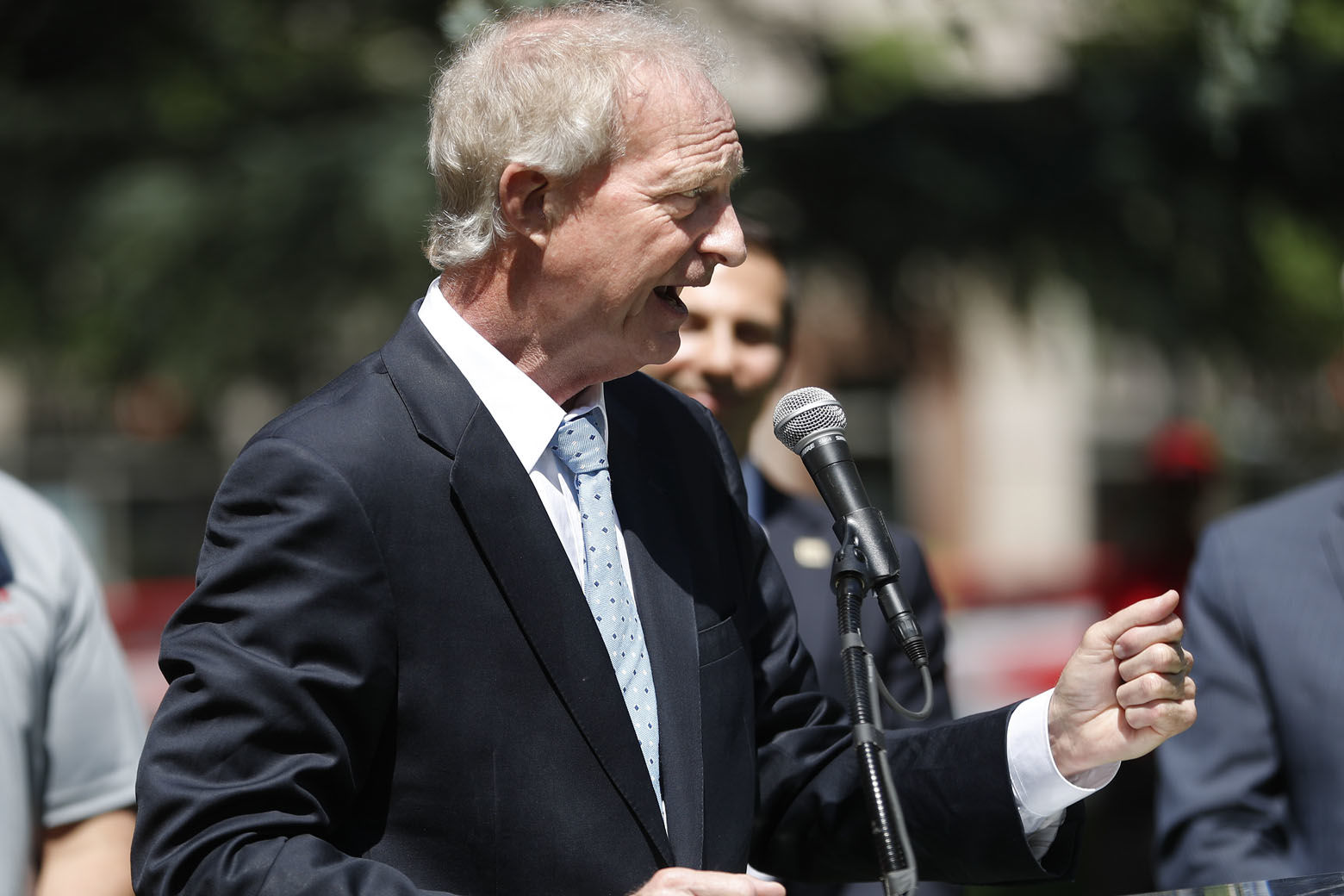 10/13
10/13
Insider on the outs
Longtime D.C. Council Jack Evans came under scrutiny in 2019 over allegations of ethical misconduct.
The headlines, alone, tell part of the story:
- DC Council votes to reprimand Jack Evans
- Jack Evans to resign from Metro Board after ethics violation
- FBI searches Georgetown home of DC Councilman Jack Evans
- Embattled DC council member Jack Evans fined $20K in ethics probe
The series of spiraling scandals — which include a federal investigation that has yet to be resolved — culminated in a vote this month by the D.C. Council to move forward with the unprecedented step of expelling Evans. Many of his colleagues on the council urged Evans to resign. For his part, Evans maintains his innocence, and his lawyers have said the allegations against him are “nowhere near as serious” as his critics have charged.
In any case, the longest-serving member of the council gets a holiday reprieve. The final vote by the council that would force Evans off the council is tentatively set for Jan. 7.
A mayor’s downfall
It all started with Healthy Holly.
Baltimore Mayor Catherine Pugh came under scrutiny as authorities probed whether the first-term mayor and former state senator had arranged bulk sales of the self-published children’s book series to disguise hundreds of thousands of dollars in illegal kickbacks.
At first, she hunkered down. Instead of resigning, she announced an indefinite leave of absence, citing health issues. A few weeks later, FBI and IRS agents raided her home and her City Hall offices, and a week later, she stepped down.
Last month, the unraveling of Pugh’s political career resulted in federal charges. Pugh was hit with an 11-count federal indictment, which included charges of wire fraud, tax evasion and conspiracy charges. Federal prosecutors said Pugh used the illegal kickbacks from the sales of her Healthy Holly books to fund her mayoral campaign and to pay for renovations to her Baltimore City home.
A day after the indictment was unsealed, Pugh pleaded guilty to the charges in federal court in Baltimore and faces up to 35 years in prison when she is sentenced Feb. 27.
Even more bad news came for the ex-mayor earlier this month. Maryland State Prosecutor Charlton Howard filed state perjury charges against Pugh, alleging she failed to disclose hundreds of thousands of dollars in proceeds from her sales from her “Healthy Holly” series when she was a state senator.
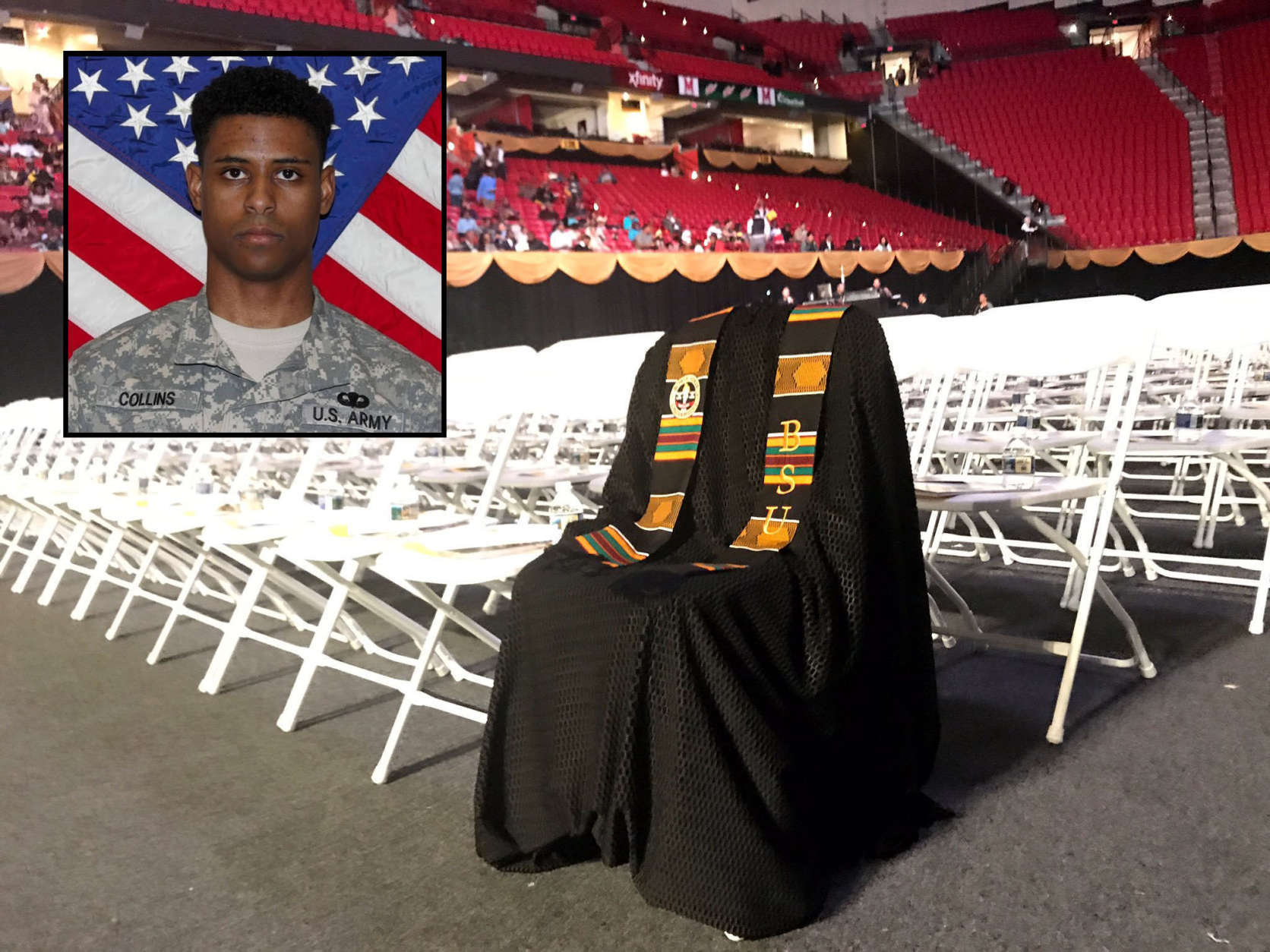 12/13
12/13
‘Righting an injustice’
More than two years after the seemingly senseless murder of a black student on the University of Maryland campus, his accused killer finally came to trial.
Army 2nd Lt. Richard Collins III, who was just days away from graduating from Bowie State University and was a newly commissioned Army officer, was fatally stabbed as he waited at a campus bus stop in the early morning hours of May 20, 2017. The killing, which came amid increasing concern about a rise in hate crimes, garnered national news headlines.
By the time the first-degree murder and hate-crime trial in Prince George’s County Circuit Court began earlier in December, lawyers for 24-year-old Sean Urbanski, who is white, admitted to jurors their client stabbed Collins. But they argued that the stabbing had nothing to do with race and said Urbanski was too drunk at the time of the stabbing to form the premeditation necessary for a first-degree murder conviction.
For their part, prosecutors pointed to a dozen racist memes found on Urbanski’s phone and his membership in a white supremacist Facebook group called “Alt-Reich: Nation” to argue to jurors that Urbanski had “poisoned” his mind with a racist ideology that dehumanized black people.
But a week into the trial, the case was jolted after the judge tossed out the separate hate-crime charge, ruling prosecutors had failed to meet the legal burden of proving Urbanski was specifically motivated by racial hatred.
When the case went to jurors, it took them only about two hours to file back into the courtroom and deliver a guilty verdict.
After the verdict, Prince George’s County’s top prosecutors Aisha Braveboy, told reporters bringing the case was about “righting an injustice” and said she planned to work with the Collins family to change the state’s hate crime law.
Urbanski, who faces life in prison without the possibility of parole, will be sentenced in April.
They finished the fight
Rewind to spring, and things weren’t looking so great.
The Washington Nationals were 19-31 (second-worst in the NL) and had just been swept by the New York Mets on Thursday, May 23. The team’s lineup was plagued by injuries (at one point four of the eight regulars were on the Injured List) and bedeviled by a bad bullpen (Nats’ relievers had the worst ERA in the Majors).
But they went 1-0 on May 24. And thanks in part to Stephen Strasburg’s arm, Anthony Rendon’s bat and glove, plus Gerardo Parra’s Baby Shark walk-up music, something special started to happen. The Nats went 74-38 the rest of the way to claim their fifth playoff berth in eight years.
But that was only the beginning: The Nats then rallied to beat Milwaukee in the Wild Card Game.
Then they battled from behind to beat the Los Angeles Dodgers in Game Five of the NLDS.
And all of that was only prologue to the seven thrilling, nail-biting games of the 2019 World Series. The Nats stunned with back-to-back away victories in Houston against the Astros, then were knocked back on their heels with three straight losses at home.
The team stormed back from the three games to two deficit, rallying one final time in their Game Seven Victory at Houston.
From chumps to champs, the comeback kids turned what could have been a cruel summer or an underwhelming autumn into a season to remember, forever.
(Contributed by Dave Preston)








